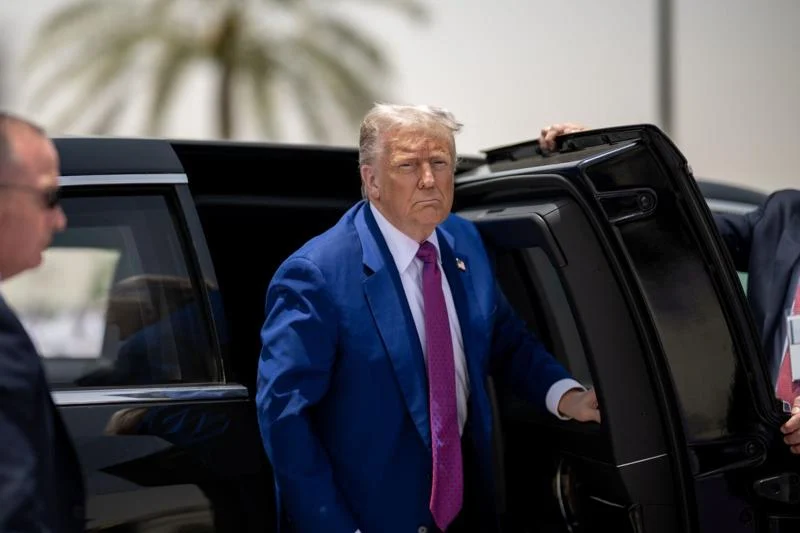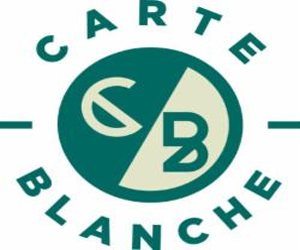President Donald Trump’s efforts to reorder global trade took a back seat this week amid mounting tensions in the Middle East.
Trump started the week in Canada for the G7 Summit, where he was expected to talk with international leaders about trade and economic issues as his 90-day pause on reciprocal import duties nears an end.
As the summit’s first day came to a close, Trump appeared with United Kingdom Prime Minister Keir Starmer to announce the two nations signed a limited deal while talks continue.
Later that night, Trump left Canada to return to the White House amid mounting tensions in the Middle East as Israel continued a bombing campaign against Iran and Iran retaliated.
As Trump returned on Air Force One, he said the summit was a success and that his deal-making was coming to an end.
“We are very far down the line with a lot of deals,” he said during the flight back to Washington. “Look, we’re actually finished with every deal if you really think about it: All I have to do is say ‘this is what you are going to pay.’ But it’s nice to be nice.”
Trump said work remains with the European Union, a 27-nation bloc that he said wasn’t offering a fair deal. Trump also touted a “great conversation” with Japan’s Prime Minister Shigeru Ishiba. And the U.S. president complimented his host, Canadian Prime Minister Mark Carney, but said his trade proposal was “complex.”
“You get too complex on the deals and they never get done,” Trump said.
Trump’s deal with the United Kingdom didn’t cover all trade between the two nations. Under the terms of the U.K. deal, Trump will lower tariffs on the U.K. aerospace sector to zero. Trump also reduced tariffs on U.K. auto imports to 10% on the first 100,000 vehicles. U.S. imports of U.K. steel products will face a 25% duty, half of the 50% steel tariff he promised steelworkers near Pittsburgh two weeks ago.
Trump announced reciprocal tariffs on nearly all U.S. trading partners on April 2, which he dubbed “Liberation Day” for American trade. Seven days later, Trump suspended those higher rates for 90 days to give his trade team time to cut deals.
States and small businesses have challenged those tariffs in court. An appeals court ruled earlier this month that the “Liberation Day” tariffs can remain in place while the legal challenge over his authority to impose import taxes continues. The Federal Circuit Court of Appeals asked attorneys on both sides of the case for briefs by June 24.
Economists, businesses and some publicly traded companies have warned that tariffs could raise prices on a wide range of consumer products.
Trump has said he wants to use tariffs to restore manufacturing jobs lost to lower-wage countries in decades past, shift the tax burden away from U.S. families, and pay down the national debt.
A tariff is a tax on imported goods paid by the person or company that imports them. The importer can absorb the cost of the tariffs or try to pass the cost on to consumers through higher prices.
Trump’s tariffs give U.S.-produced goods a price advantage over imported goods, and they generate revenue for the federal government.






